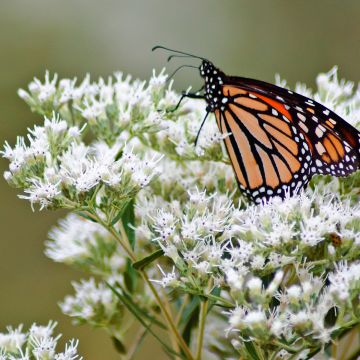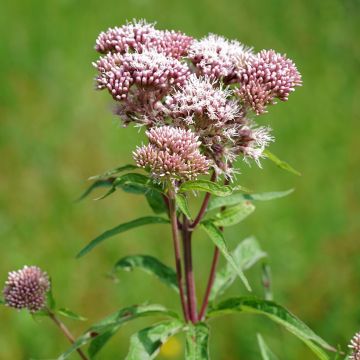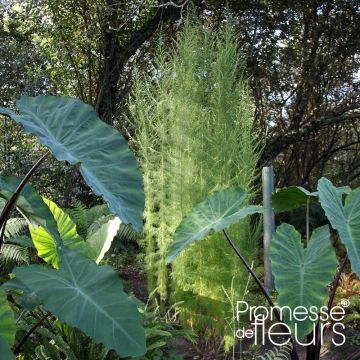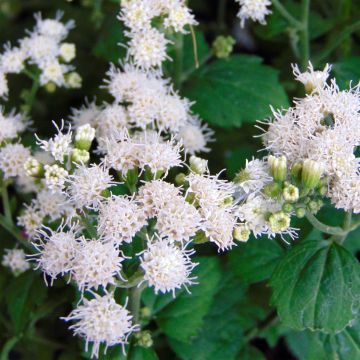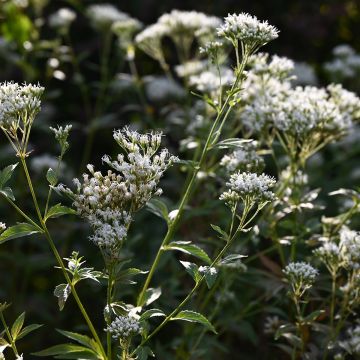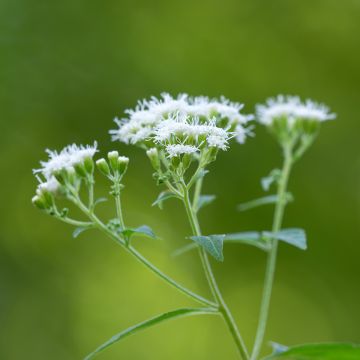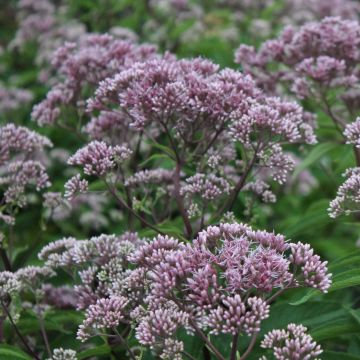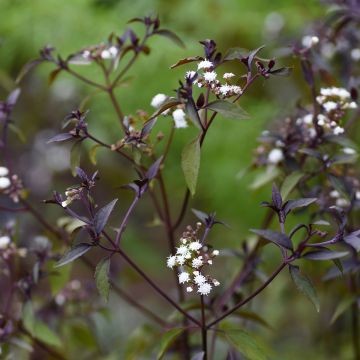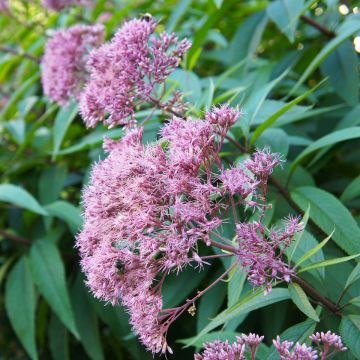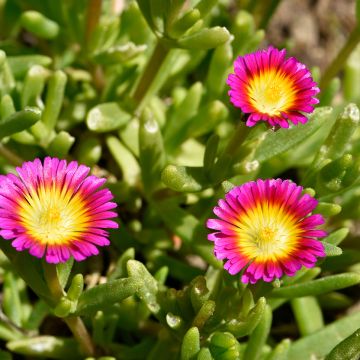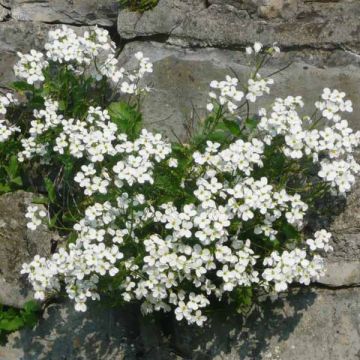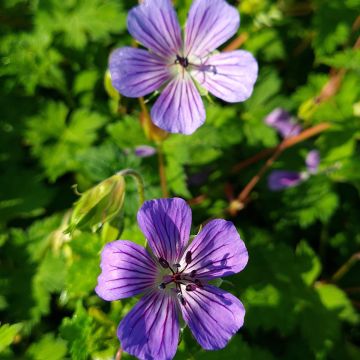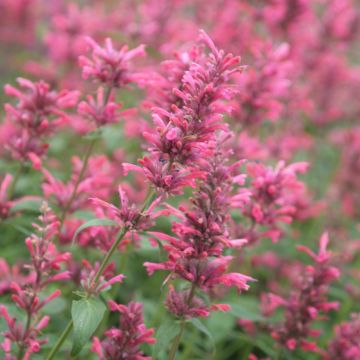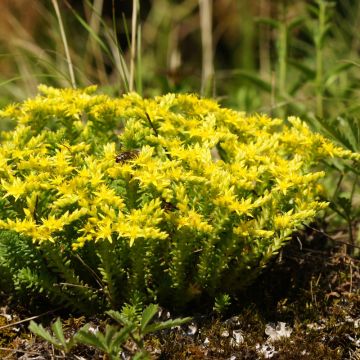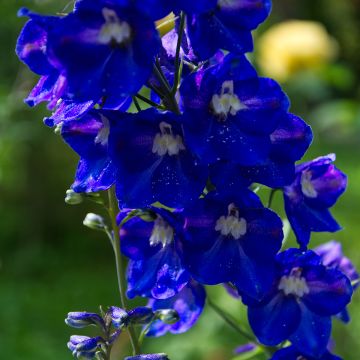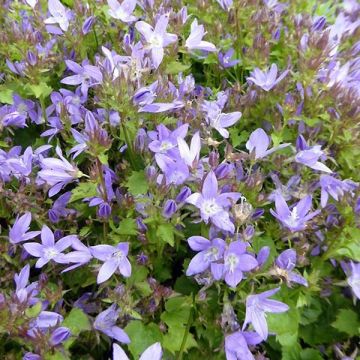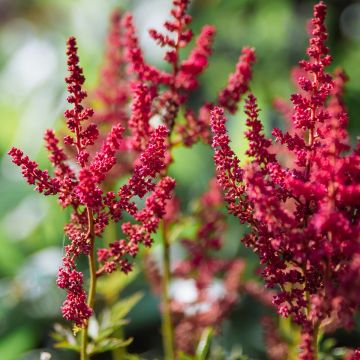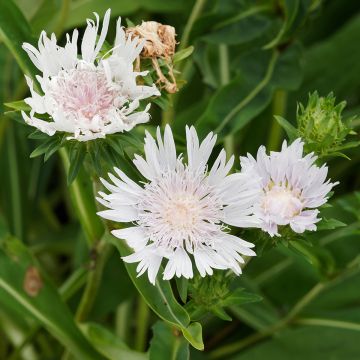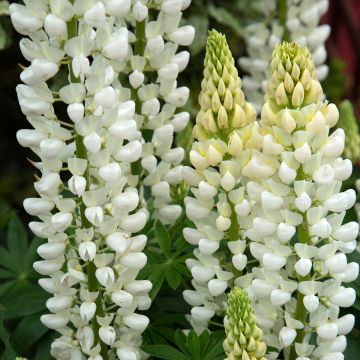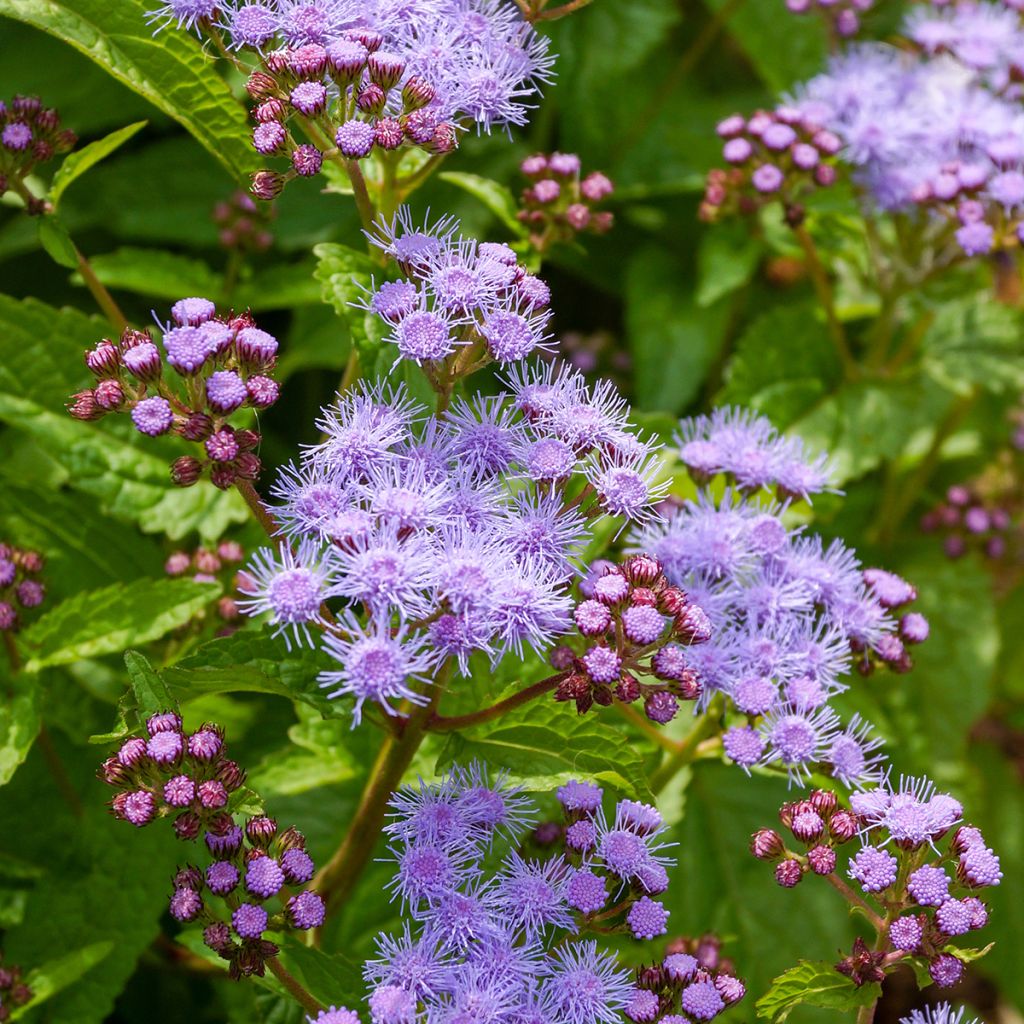

Eupatorium coelestinum
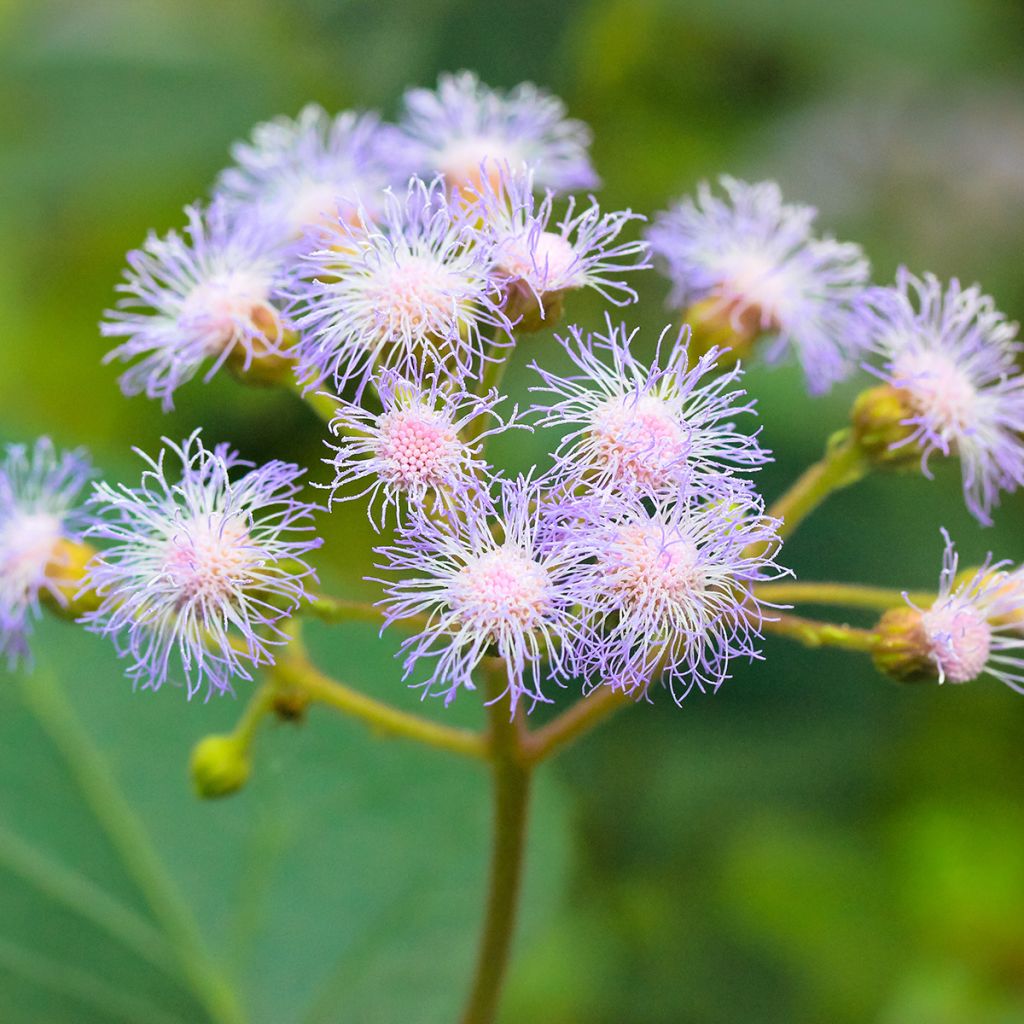

Eupatorium coelestinum
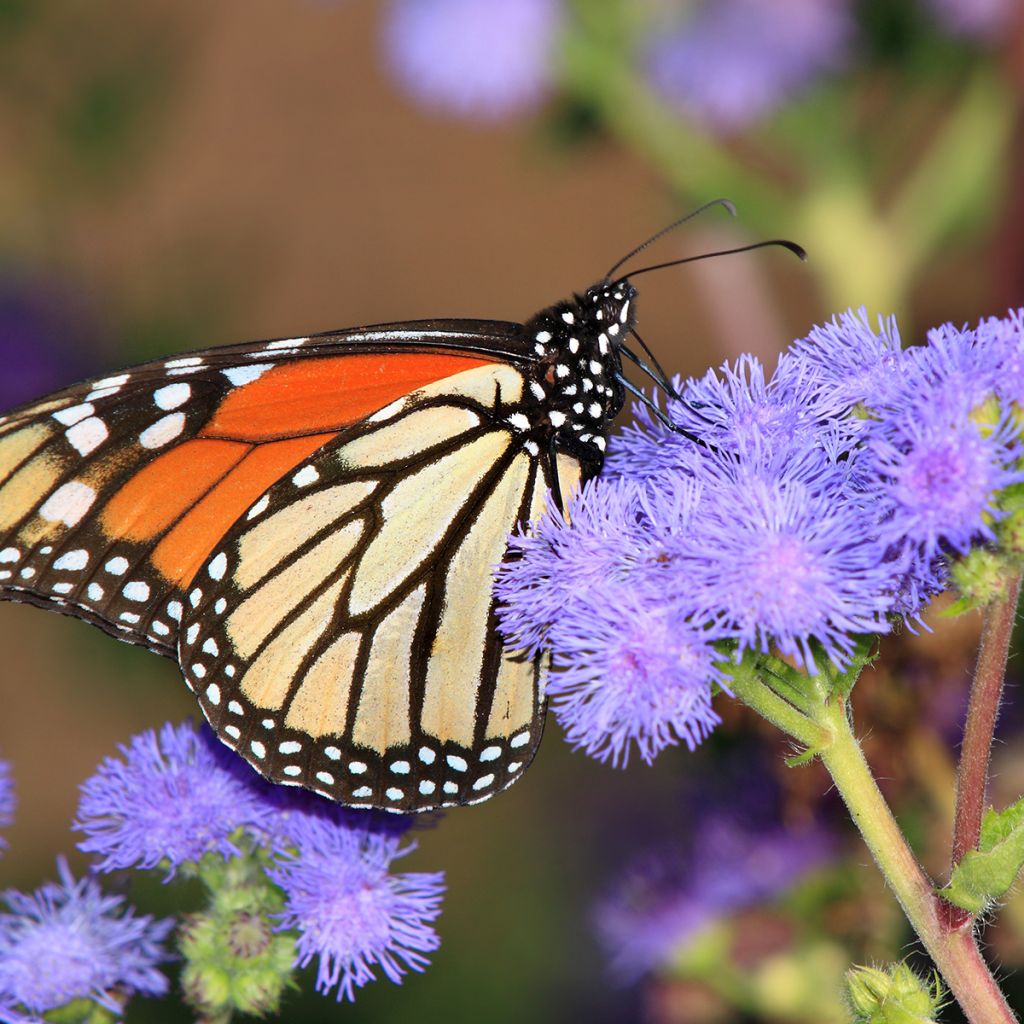

Eupatorium coelestinum
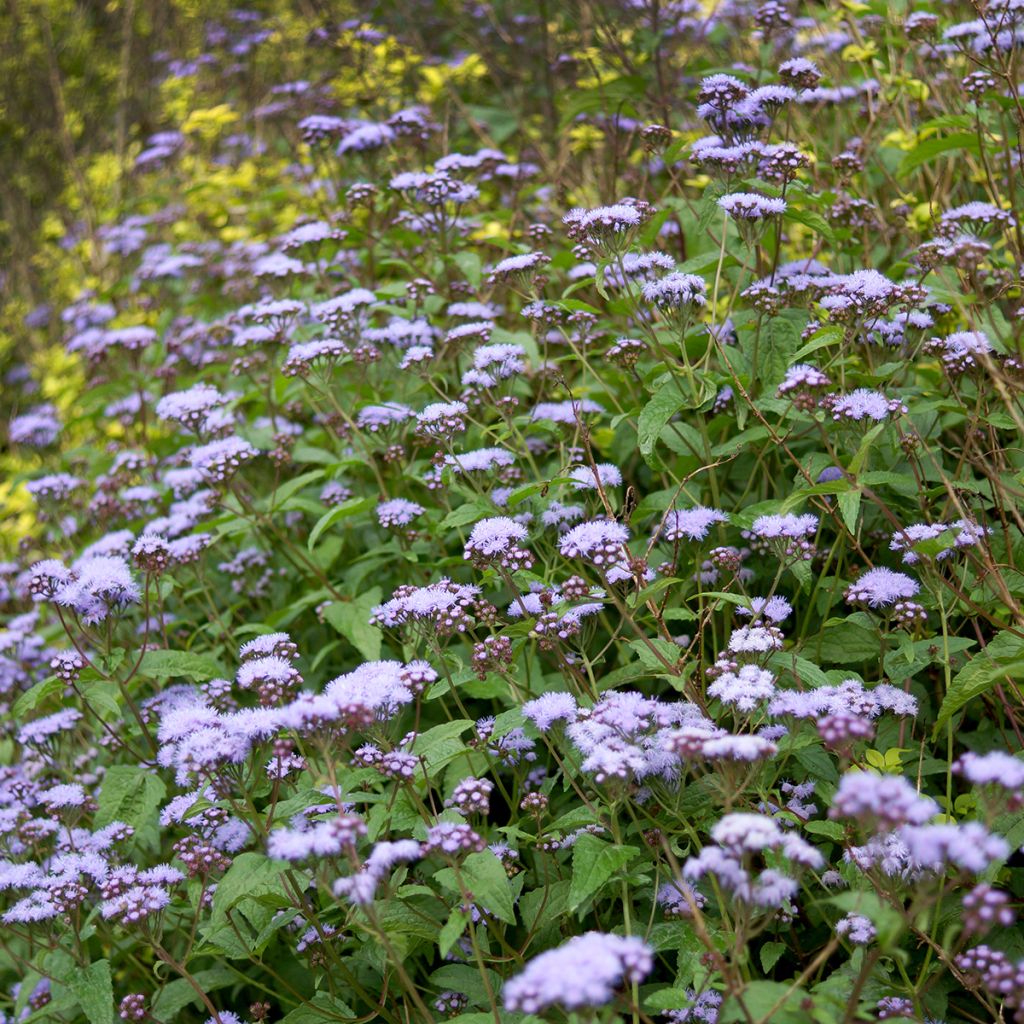

Eupatorium coelestinum
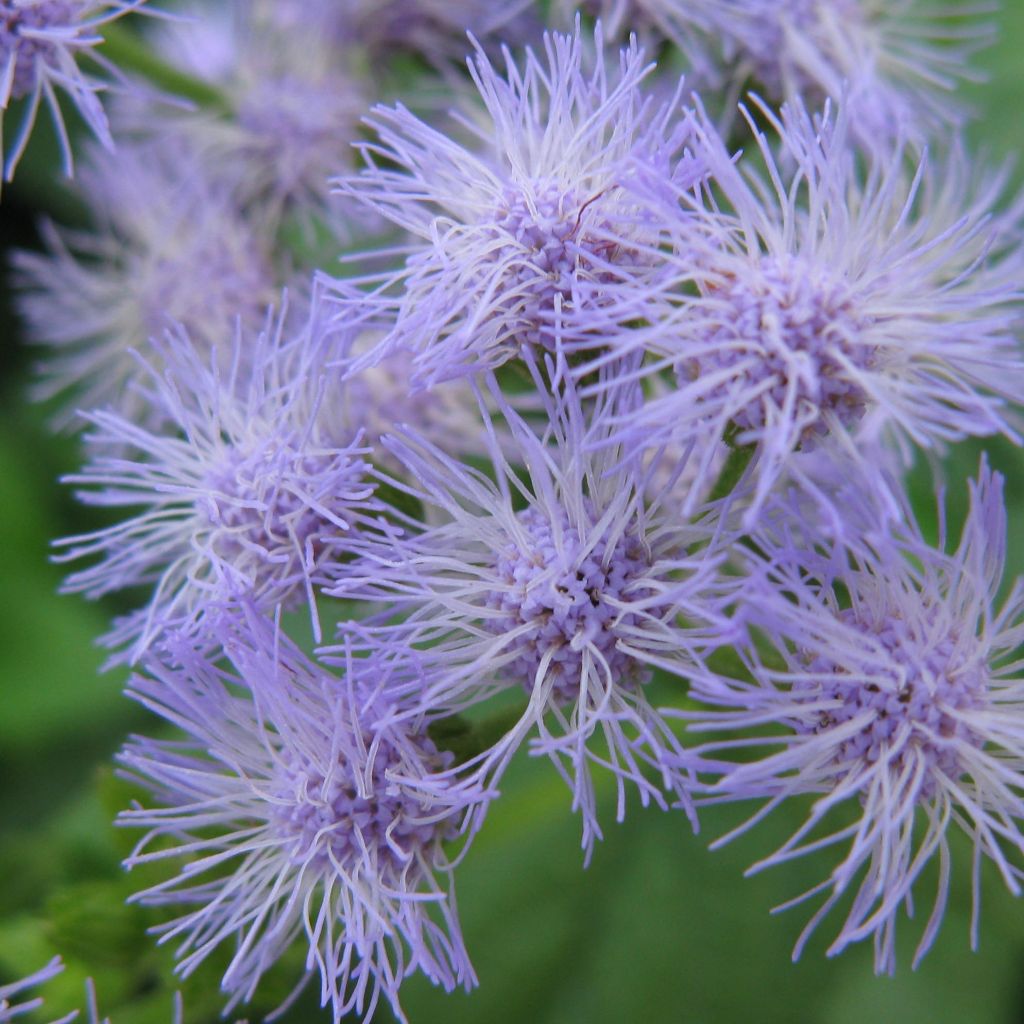

Eupatorium coelestinum
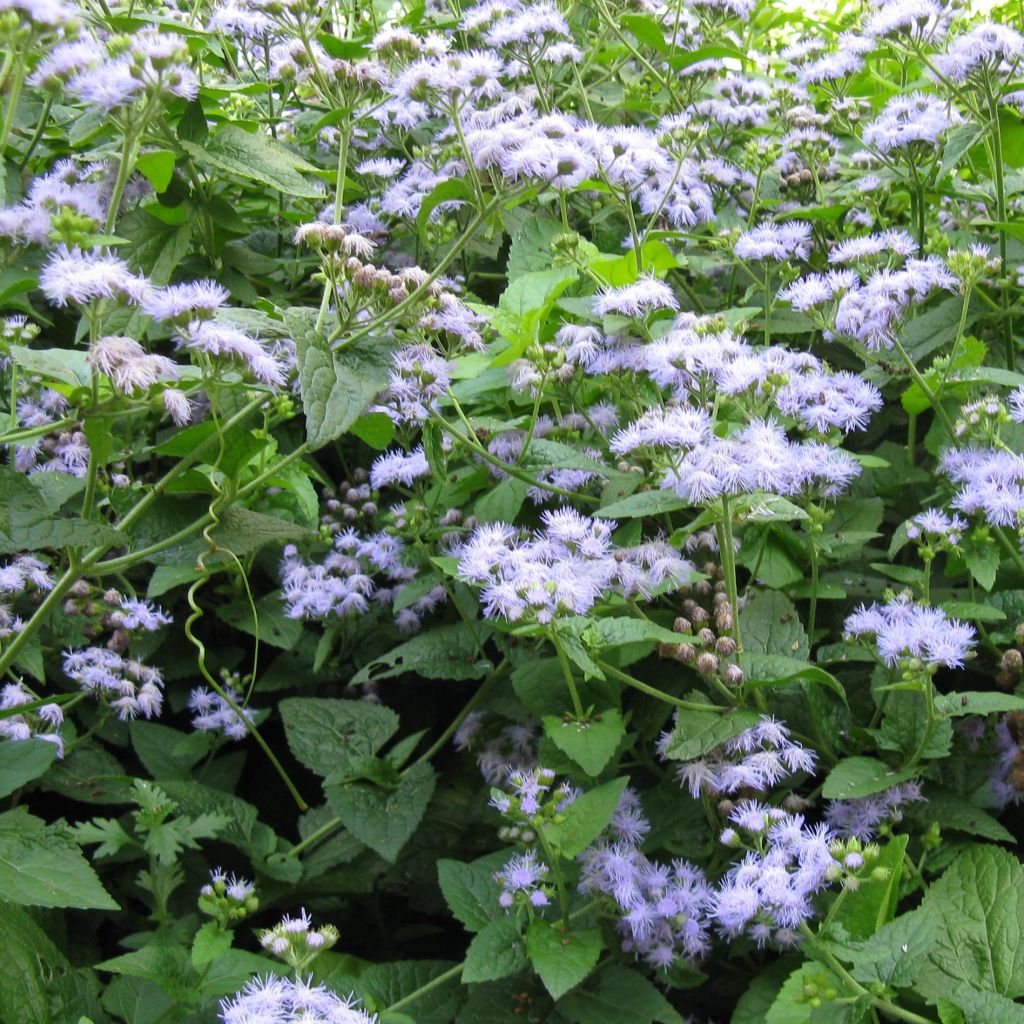

Eupatorium coelestinum
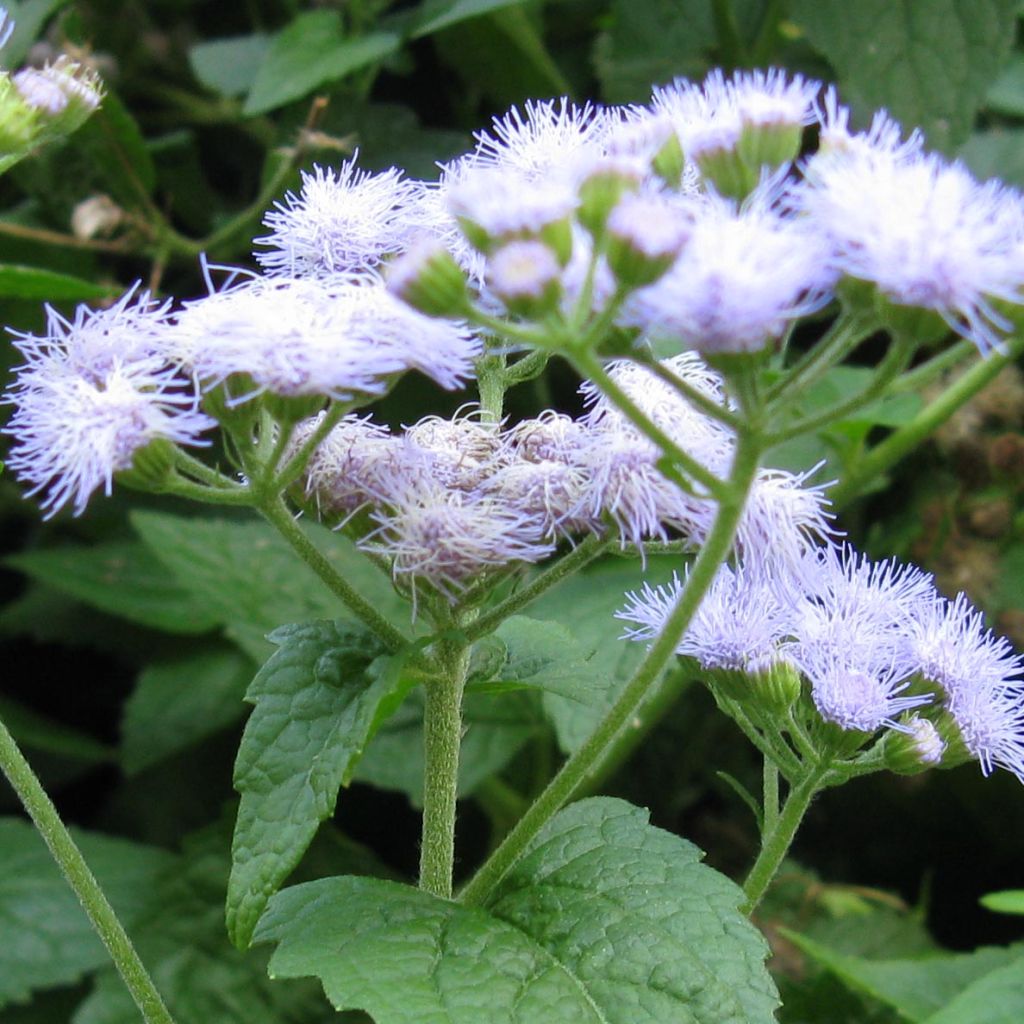

Eupatorium coelestinum
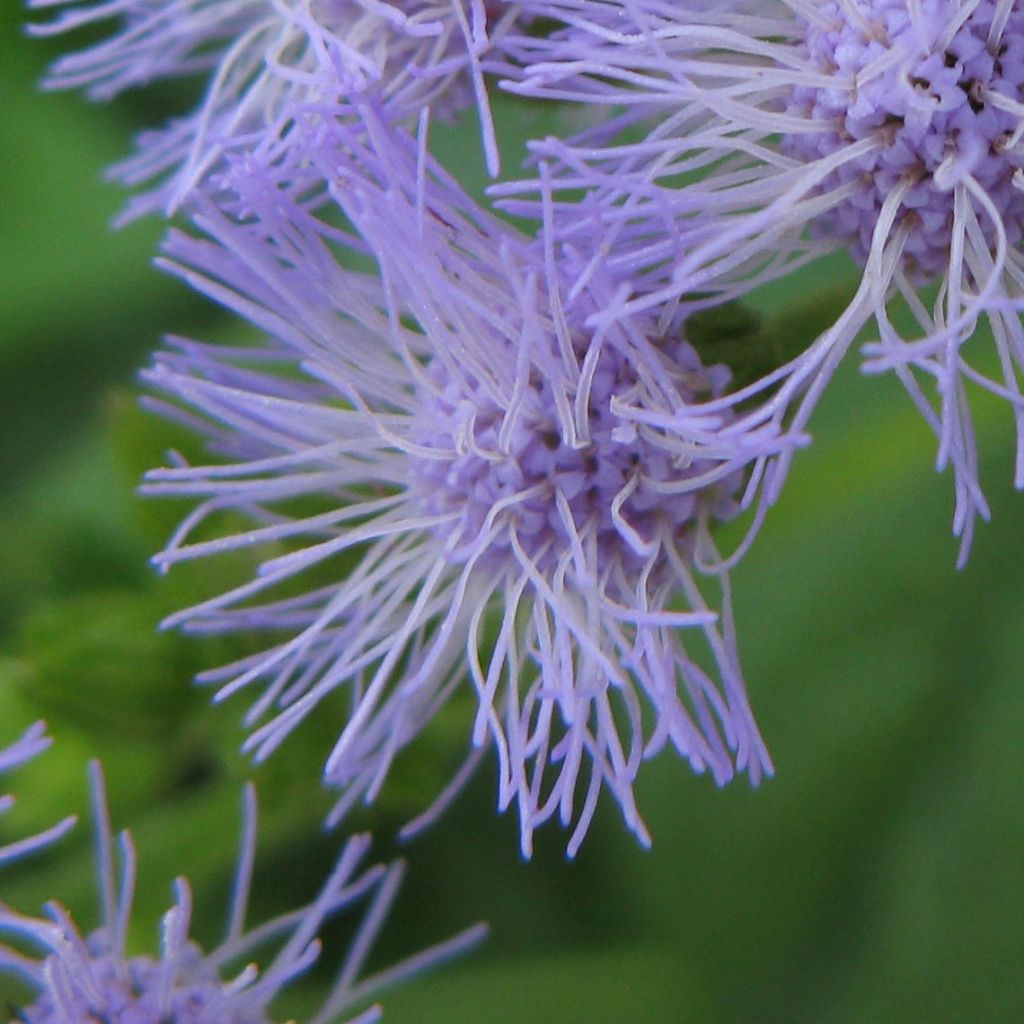

Eupatorium coelestinum
Eupatorium coelestinum
Eupatorium coelestinum
Hardy Ageratum, Mist flower
Little eupatorium has grown quite a lot. It has more than quadrupled over the season. It is magnificent and the flowers hold well in a vase, which is a great plus. We are mid-November and it is still in flower.
Mireille , 18/11/2023
This item cannot be shipped to the selected country
Delivery charge from €5.90
More information
Schedule delivery date,
and select date in basket
This plant carries a 12 months recovery warranty
More information
We guarantee the quality of our plants for a full growing cycle, and will replace at our expense any plant that fails to recover under normal climatic and planting conditions.
From €5.90 for pickup delivery and €6.90 for home delivery
Express home delivery from €8.90.
Does this plant fit my garden?
Set up your Plantfit profile →
Description
Eupatorium coelestinum is a sturdy and tall herbaceous plant with pastel blue to lilac umbel-like flower heads.
It is a herbaceous perennial from the Asteraceae family, also known as Ageratum. Native to North America, it has beautiful deciduous foliage in a deep green colour that turns lime-green during flowering. The leaves are oblanceolate. The plant bears its terminal flower heads in umbel-like clusters on sturdy wine-coloured stems, reaching a height of 80 cm (32in); giving it an upright and bushy habit. It commonly reaches a width of 60 cm (24in). The inflorescences can reach a diameter of 10 cm (4in), resembling bluish pompons with a slightly blurred appearance. It is true that the flowering period is a bit late, but it can embellish a garden throughout the summer until the end of October. It maintains its decorative aspect during winter thanks to its fruiting topped with small fluffy seed heads that disperse with the wind.
Eupatorium coelestinum is an easy-to-grow plant: it is resistant to insects and diseases. It is an extraordinary melliferous plant, attracting pollinators, especially butterflies. It is hardy and can withstand temperatures as low as -15°C (5°F). It is also a plant called an indicator species: in its natural state, it prefers to grow on fresh to moist soils, indicating a certain degree of soil moisture. You can plant it alongside a pond. It adapts to all types of soils, but it prefers moist, rich, and well-drained soils. They will look stunning in a wild garden as a groundcover on the edge of a flower bed, accompanied in the background by their larger relatives, Eupatorium cannabinum Plenum with double flowers. Prune the stems to maintain a more compact habit.
Eupatorium gets its name from the Persian emperor Mithridates Eupator, who boasted of surviving poison ingestion thanks to a powerful antidote. However, the knowledge of that time does not allow us to say with certainty whether the antidote in question was truly Eupatorium or Agrimony, two plants with strong similarities.
Report an error about the product description
Eupatorium coelestinum in pictures
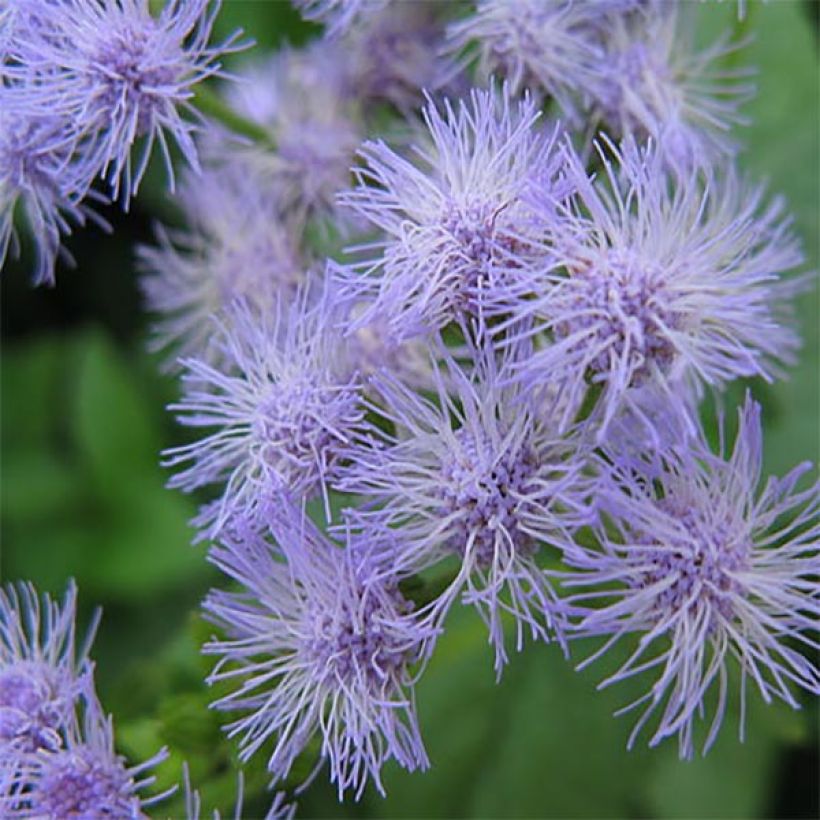

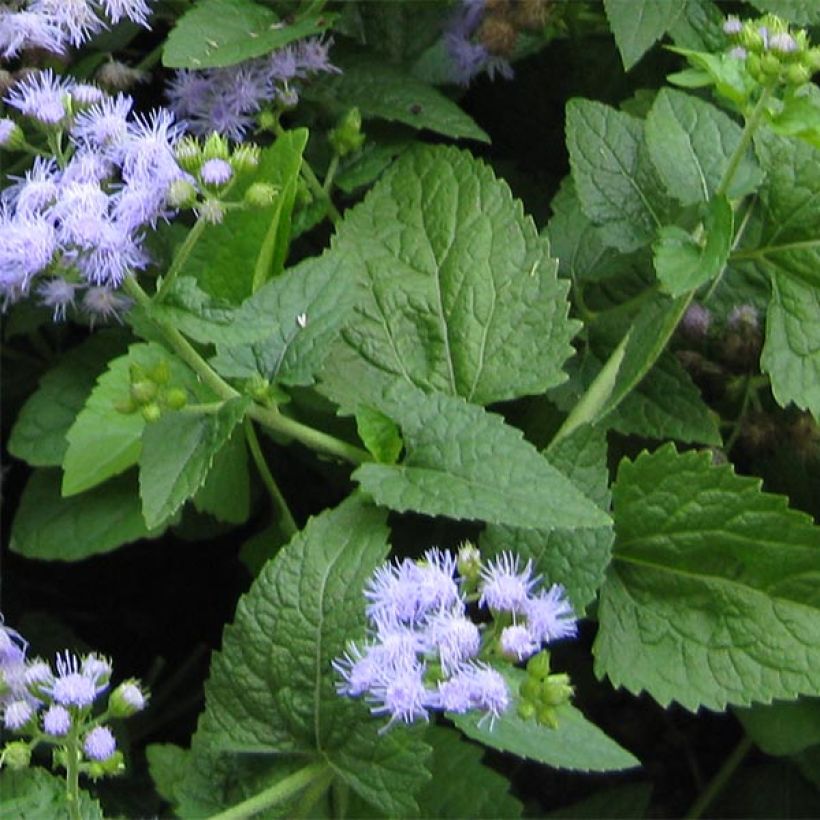



Flowering
Foliage
Plant habit
Botanical data
Eupatorium
coelestinum
Asteraceae
Hardy Ageratum, Mist flower
Central Europe
Other Eupatorium - Boneset
Planting and care
This is a plant called an indicator plant: in its natural state, it tends to thrive on damp or even moist terrain. It indicates a certain level of soil moisture. It adapts to all types of soil, but it definitely prefers them to be moist, rich, and well-drained.
Planting period
Intended location
Care
-
, onOrder confirmed
Reply from on Promesse de fleurs
Summer flowering perennials
Haven't found what you were looking for?
Hardiness is the lowest winter temperature a plant can endure without suffering serious damage or even dying. However, hardiness is affected by location (a sheltered area, such as a patio), protection (winter cover) and soil type (hardiness is improved by well-drained soil).

Photo Sharing Terms & Conditions
In order to encourage gardeners to interact and share their experiences, Promesse de fleurs offers various media enabling content to be uploaded onto its Site - in particular via the ‘Photo sharing’ module.
The User agrees to refrain from:
- Posting any content that is illegal, prejudicial, insulting, racist, inciteful to hatred, revisionist, contrary to public decency, that infringes on privacy or on the privacy rights of third parties, in particular the publicity rights of persons and goods, intellectual property rights, or the right to privacy.
- Submitting content on behalf of a third party;
- Impersonate the identity of a third party and/or publish any personal information about a third party;
In general, the User undertakes to refrain from any unethical behaviour.
All Content (in particular text, comments, files, images, photos, videos, creative works, etc.), which may be subject to property or intellectual property rights, image or other private rights, shall remain the property of the User, subject to the limited rights granted by the terms of the licence granted by Promesse de fleurs as stated below. Users are at liberty to publish or not to publish such Content on the Site, notably via the ‘Photo Sharing’ facility, and accept that this Content shall be made public and freely accessible, notably on the Internet.
Users further acknowledge, undertake to have ,and guarantee that they hold all necessary rights and permissions to publish such material on the Site, in particular with regard to the legislation in force pertaining to any privacy, property, intellectual property, image, or contractual rights, or rights of any other nature. By publishing such Content on the Site, Users acknowledge accepting full liability as publishers of the Content within the meaning of the law, and grant Promesse de fleurs, free of charge, an inclusive, worldwide licence for the said Content for the entire duration of its publication, including all reproduction, representation, up/downloading, displaying, performing, transmission, and storage rights.
Users also grant permission for their name to be linked to the Content and accept that this link may not always be made available.
By engaging in posting material, Users consent to their Content becoming automatically accessible on the Internet, in particular on other sites and/or blogs and/or web pages of the Promesse de fleurs site, including in particular social pages and the Promesse de fleurs catalogue.
Users may secure the removal of entrusted content free of charge by issuing a simple request via our contact form.
The flowering period indicated on our website applies to countries and regions located in USDA zone 8 (France, the United Kingdom, Ireland, the Netherlands, etc.)
It will vary according to where you live:
- In zones 9 to 10 (Italy, Spain, Greece, etc.), flowering will occur about 2 to 4 weeks earlier.
- In zones 6 to 7 (Germany, Poland, Slovenia, and lower mountainous regions), flowering will be delayed by 2 to 3 weeks.
- In zone 5 (Central Europe, Scandinavia), blooming will be delayed by 3 to 5 weeks.
In temperate climates, pruning of spring-flowering shrubs (forsythia, spireas, etc.) should be done just after flowering.
Pruning of summer-flowering shrubs (Indian Lilac, Perovskia, etc.) can be done in winter or spring.
In cold regions as well as with frost-sensitive plants, avoid pruning too early when severe frosts may still occur.
The planting period indicated on our website applies to countries and regions located in USDA zone 8 (France, United Kingdom, Ireland, Netherlands).
It will vary according to where you live:
- In Mediterranean zones (Marseille, Madrid, Milan, etc.), autumn and winter are the best planting periods.
- In continental zones (Strasbourg, Munich, Vienna, etc.), delay planting by 2 to 3 weeks in spring and bring it forward by 2 to 4 weeks in autumn.
- In mountainous regions (the Alps, Pyrenees, Carpathians, etc.), it is best to plant in late spring (May-June) or late summer (August-September).
The harvesting period indicated on our website applies to countries and regions in USDA zone 8 (France, England, Ireland, the Netherlands).
In colder areas (Scandinavia, Poland, Austria...) fruit and vegetable harvests are likely to be delayed by 3-4 weeks.
In warmer areas (Italy, Spain, Greece, etc.), harvesting will probably take place earlier, depending on weather conditions.
The sowing periods indicated on our website apply to countries and regions within USDA Zone 8 (France, UK, Ireland, Netherlands).
In colder areas (Scandinavia, Poland, Austria...), delay any outdoor sowing by 3-4 weeks, or sow under glass.
In warmer climes (Italy, Spain, Greece, etc.), bring outdoor sowing forward by a few weeks.

































